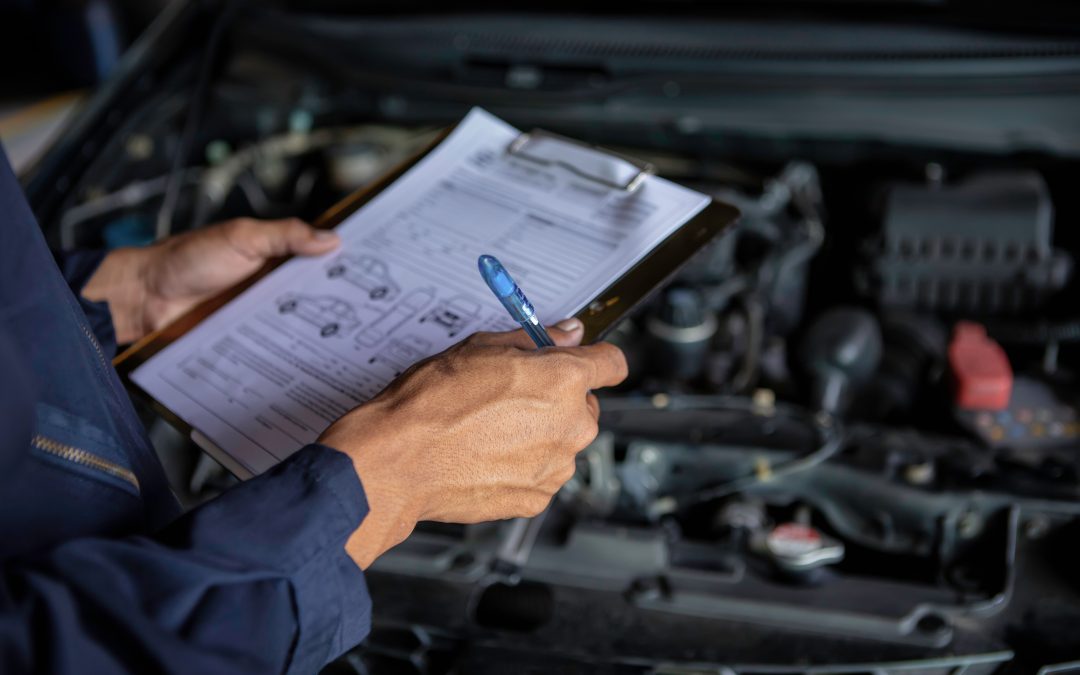In the UK, all vehicles aged three years or older must pass an annual MOT test to ensure they meet road safety and environmental standards.
This guide explains how the MOT works, what’s checked, how to prepare, and what to do if your car fails. It also includes a complete MOT checklist to help maximise your chances of passing first time.
When to Book an MOT
Before scheduling your MOT, check the expiry date on your current certificate. Driving without a valid MOT is illegal (except when travelling to a booked test) and can result in fines, penalty points, and invalidated insurance.
How to Prepare for an MOT Test
Good preparation can make the difference between a pass and fail.
-
Check your MOT due date and book in advance.
-
Understand exemptions (for example, some vehicles over 40 years old).
-
Avoid driving without an MOT — penalties can be severe.
Complete MOT Checklist
Improve your chances of passing with this pre-MOT checklist:
-
Clean the interior and exterior.
-
Test all lights, indicators, and warning signals.
-
Check tyre tread depth (minimum 1.6mm) and pressure.
-
Ensure fluid levels (oil, coolant, screenwash) are topped up.
-
Inspect the windscreen, wipers, mirrors, and number plates.
What the MOT Test Covers
During the MOT, a certified tester will examine key areas of your vehicle, including:
-
Lights, electrical systems, and signals
-
Brakes, steering, and suspension
-
Bodywork, doors, and structure
-
Exhaust system and emissions
-
Seatbelts, seats, and safety features
MOT Test Costs and Locations
MOT costs vary by vehicle type. You may choose a council-run MOT centre (which doesn’t carry out repairs) for a potentially impartial test. Average MOT tests take 45–60 minutes.
MOT Exemptions and Common Failures
Some classic vehicles over 40 years old may be MOT-exempt.
Common failure reasons include:
-
Faulty lights
-
Worn suspension
-
Ineffective brakes
-
Low tyre tread depth
-
Damaged windscreens
What to Do if Your Car Fails its MOT
If your car fails, defects will be categorised as:
-
Dangerous – must not be driven
-
Major – must be repaired before retest
-
Minor – advisory, but should still be addressed
You can arrange repairs on-site or at a trusted garage, then return for a partial retest.
After Passing Your MOT
Even after a pass, pay attention to advisory notes. These highlight developing issues that, if left unresolved, could lead to future MOT failures or reduce your car’s resale value.
Book Your MOT in Hampshire
For professional MOT testing in Hampshire, call 01489 662 000 or email sales@segensworth-automobiles.co.uk to book your MOT today.
